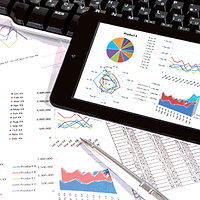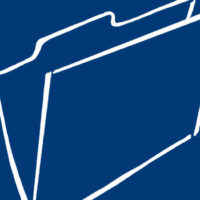Risk assessment for food safety and hygiene have traditionally used microbiological methods; however, these methods are time consuming and do not produce results for immediate feedback, corrective action and process control. Furthermore, when compared to other test measurements, the results of microbiological tests are highly variable and imprecise even under ideal conditions, such that the uncertainty of measurement is significant.[1,2]
It is now widely accepted that alternative risk assessment techniques, such as ATP bioluminescence, provide a more direct relevant measurement of cleanliness and risk to manufacturing processes. Effective cleaning is an essential component of Good Manufacturing Practices (GMPs) guidelines and is a pre-requirement for Hazard Analysis and Critical Control Points (HACCP) activities. In fact, ATP monitoring has changed the way food safety programs operate, delivering real-time sanitation data on the spot and enabling cleaning teams to make informed decisions instantly about the cleanliness of equipment and facilities. Unlike traditional culture tests that take 24 to 48 hours to grow, ATP tests deliver results in mere seconds, alerting sanitation staff to the presence of bacteria and organic materials before they sanitize.
The food processing plant’s ability to obtain environmental monitoring results so quickly is a powerful tool in real-time risk decision-making, but today’s food companies require ways to make data more meaningful for in-depth risk assessments aimed at prevention, rather than reaction. Today, the instant objective results that are provided by an ATP monitoring instrument in the form of numerical output and electronic data capture can be downloaded to facilitate the use of analytical techniques for trend analysis and process control that meet this demand.
Trending Made Easy to Enhance Food Safety
Hygiena’s Sure Trend software provides simple, rapid trend analysis and control charts for food hygiene and risk management. The new Sure Trend software is configured for use with Hygiena’s SystemSURE Plus instrument, which provides a rapid detection system with the lowest background noise to minimize sources of variation that otherwise produce misleading trends in other systems. A simple data download procedure ensures that no data is lost or corrupted. The Re-test features tags results so they can be instantly traced both on the instrument and in the software to identify areas of concern. Search-and-sort activities can be generated quickly and easily from the main unlimited database based on any of the 16 data parameters including sample location (x250), sample plans (x20) and named users (x50).
In addition, the Report Output Wizard is a graphing function that contains more than 20 different report formats for the user to choose from and each can be launched by a simple one-button function. Accordingly, there is no need to set up filters or have multi-screen tabs linked to other external running software. The Report Output Wizard guides the user through the report generation and also enables the user to customize and store their own report format. The simple archive and import/export functions enable data and reports to be transferred to other documents or laboratory information management systems (LIMS).
Statistical data can be displayed by selecting a range of database records or highlighting a specific sample location and then selecting the Statistics option from the Reports menu. Each of the selected database records is then analyzed and the overall statistical data calculated and displayed. Displayed data includes the total number of tests slected, percentage and number of “Pass,” “Caution” and /or “Fail” results, percentage and number of normal tests, repeat readings, “Fails” retested and retest results, as well as the minimum, average and maximum RLUs reading. There are four pre-set report types in the main menu that will instantly launch the most commonly requested reports (i.e., the number of Pass/Caution/Fails for all data by Location; the number of Pass/Caution/Fails for trend analysis; the number of Pass/Caution/Fails by user; and the number of Fails only by location). These pre-set reports can be customized to suit the user’s own preference. Color-key pie charts can be generated as visual reports showing cleanliness trends for specific areas in the plant over selected 5-day, 10-day, monthly or customized time periods.
The Sure Trend software for the SystemSURE Plus instrument incorporates the basic features of statistical process control (SPC). Food processing plants benefit from accurate environmental monitoring surveillance and feedback for keeping in control, instant alerts when a problem with the process has occurred and detection of causes of variation in the process onsite. Users also gain critical information needed to enhance the monitoring of process quality and reduce the need for inspection. The value-added software provides a mechanism to make process changes and track the effects of those changes, offering the plant an improved way to conduct process capability analysis with an objective measurement for continuous improvement.
www.hygiena.net
References
1. Jarvis, B. A.J. Hedges and J.E. Correy. 2007. Int J Food Microbiol. 116 (1): 44-51.
2. Health Protection Agency. 2005. Guidance Note QSOP 4. Uncertainty of Measurement in Testing. www.hpa-standardmethods.org.uk/documents/qsop/pdf/qsop4.pdf.
Simple Rapid Trend Analysis Controls Risks




